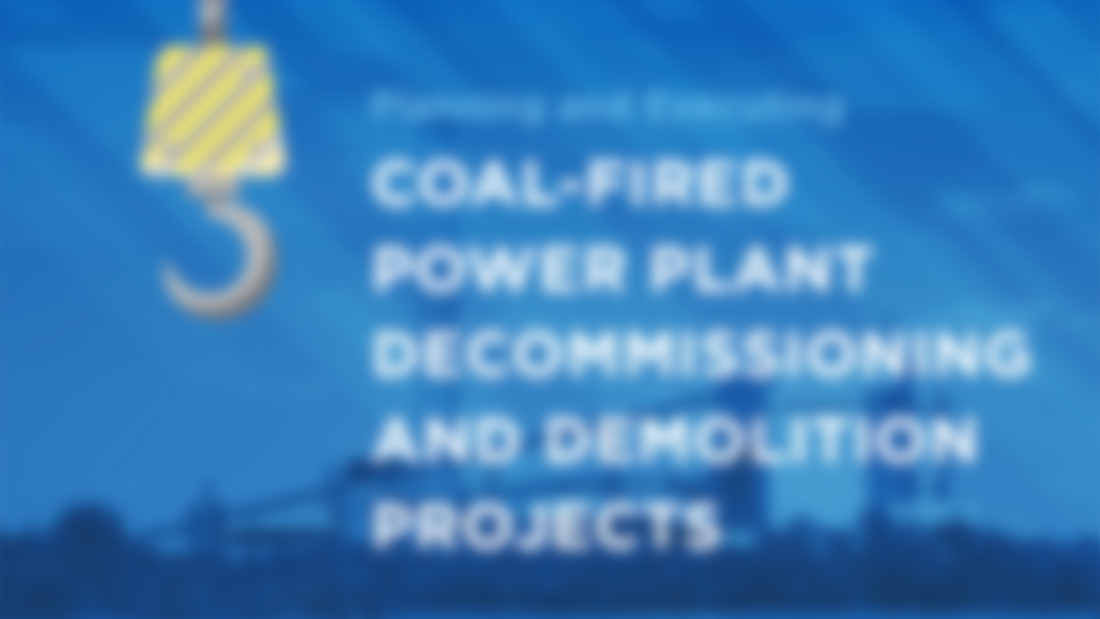A little more than a decade ago, coal-fired power plants produced more than half of the electricity in the U.S. According to the U.S. Energy Information Administration, in 2017 that number fell to about 30 percent. That decrease is attributed to many older and smaller plants ceasing operations because of inefficiencies.
“Economics now seem to be driving decisions about whether to retire coal-fired power plants,” says Jeff Pope, manager of facility decommissioning and demolition services at Burns & McDonnell. “However, long-term safety and environmental factors are driving how to go about it — retiring in place or tearing it down.”






.png)